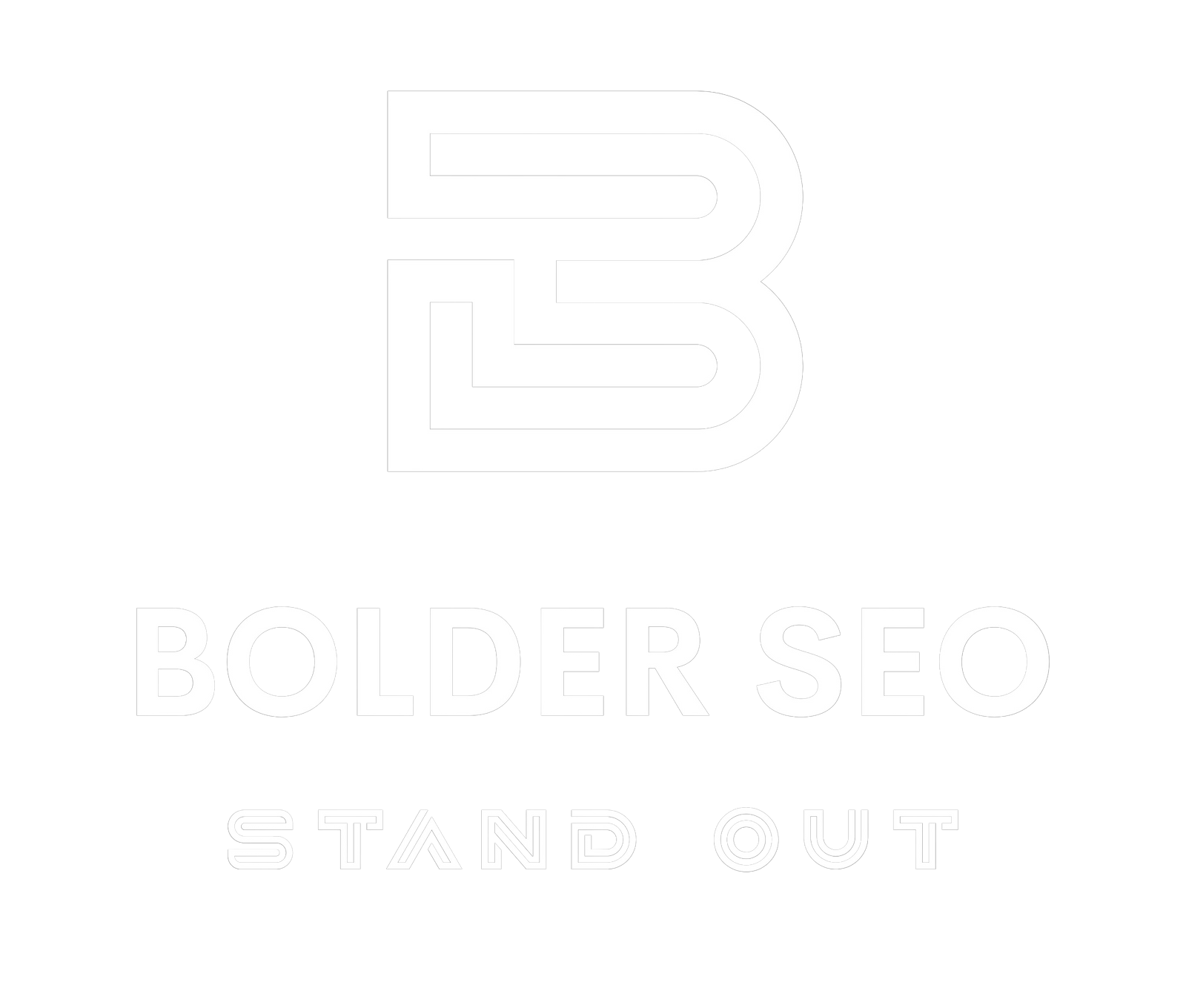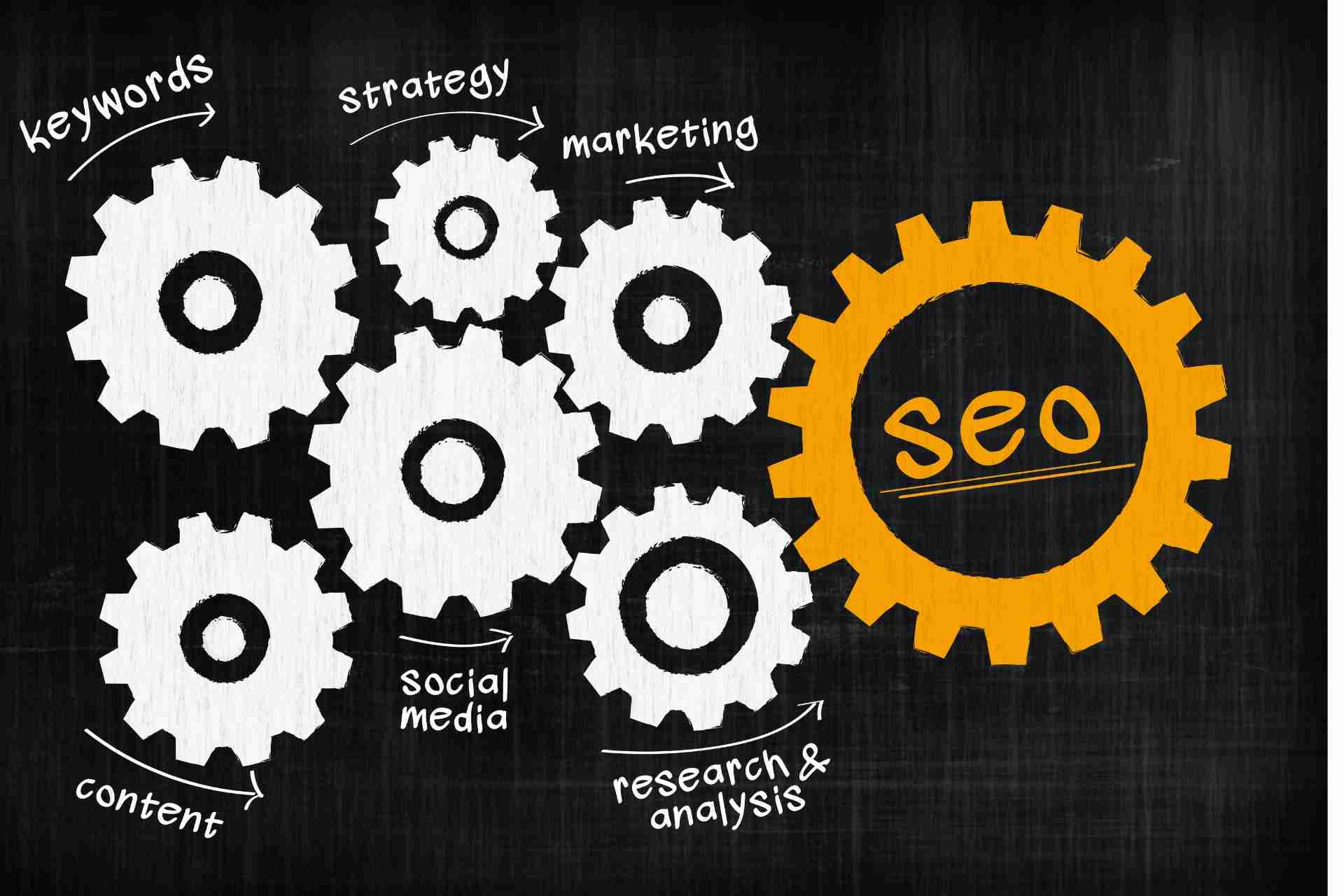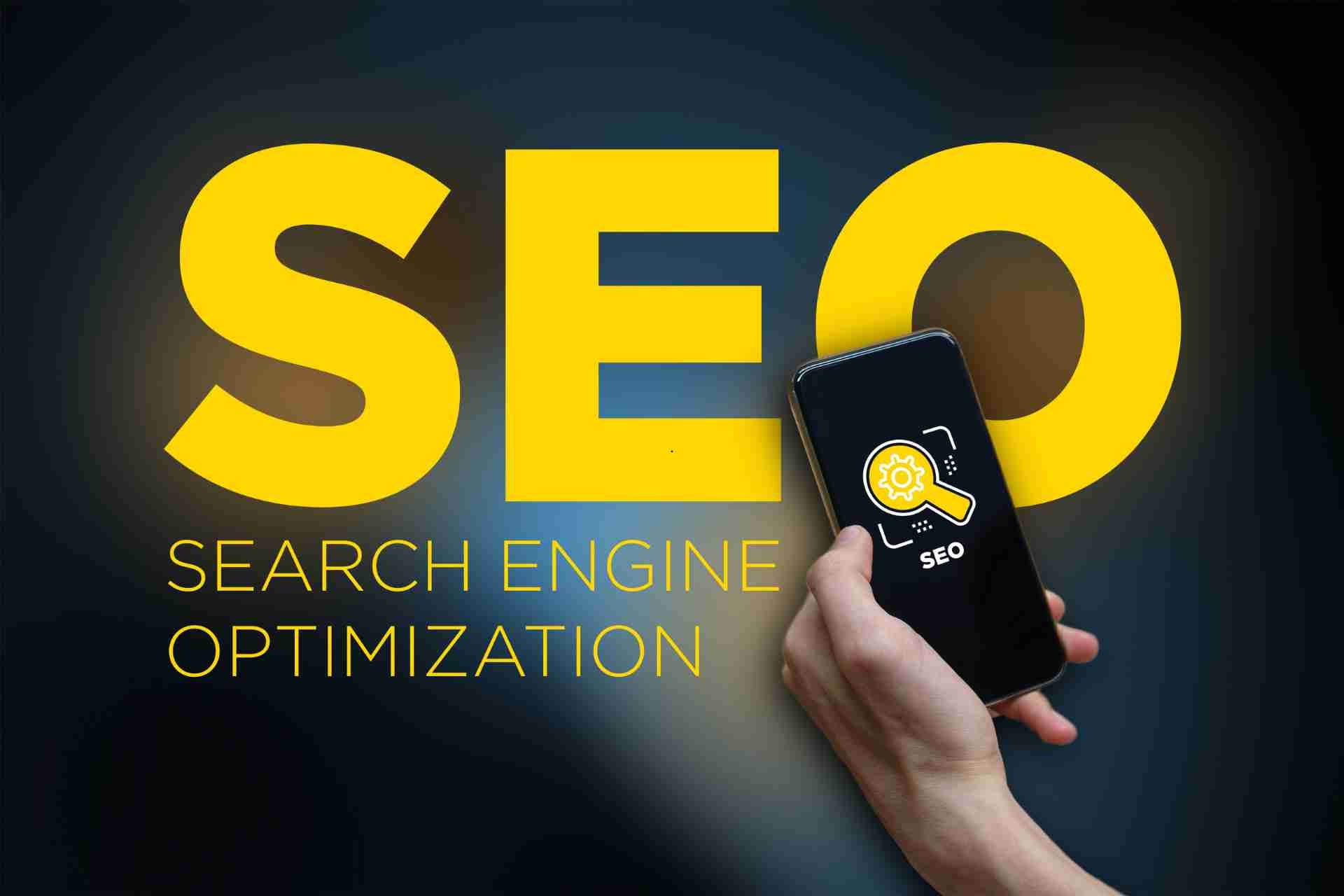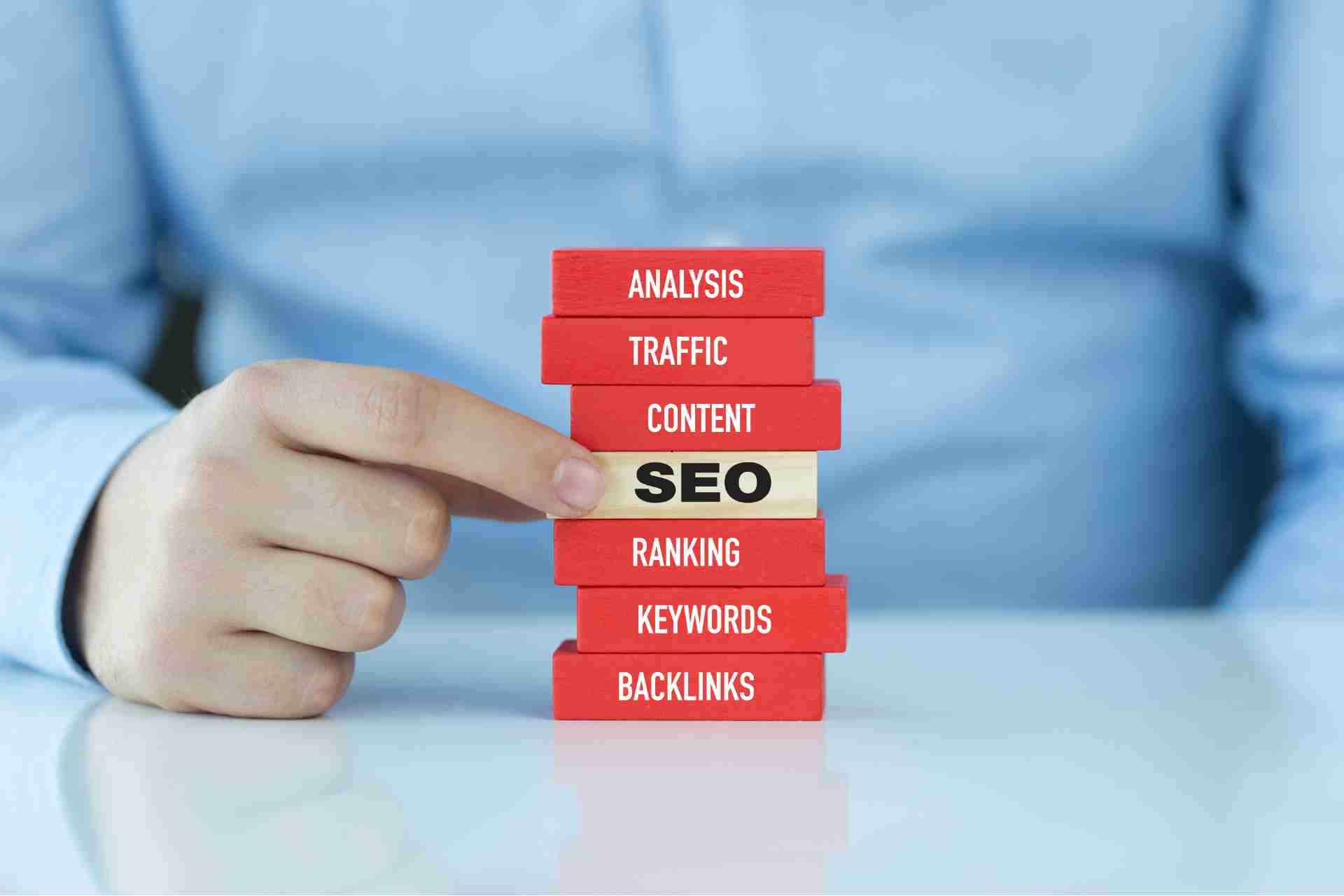SEO vs Paid Ads
Should I do SEO or Paid Ads?
When it comes to driving traffic and conversions to a website, businesses have two main options: Search Engine Optimization (SEO) and Paid Advertising. Both methods can be effective in their own ways, but there are key differences between them that businesses should be aware of before deciding which one to use.
SEO is the process of optimizing a website's content and structure to improve its visibility in search engine results pages (SERPs). This involves targeting specific keywords and phrases that users are likely to search for, as well as optimizing the website's structure, content, and metadata. SEO is a long-term strategy that can take time to yield results, but once a website has achieved a high-ranking position in SERPs, it can drive a significant amount of organic traffic.
On the other hand, Paid Advertising involves paying for ad space on search engines or other websites. This includes Pay-Per-Click (PPC) ads, where businesses pay each time a user clicks on their ad, and display ads, which appear on other websites. Paid Advertising is a more immediate solution that can drive traffic to a website quickly, but it can also be more costly in the long run.
So, what are the pros and cons of each method?
SEO Pros:
- Long-term benefits: Once a website has achieved a high-ranking position in SERPs, it can drive a significant amount of organic traffic.
- Cost-effective: Compared to Paid Advertising, SEO can be a more cost-effective solution in the long run.
- Builds credibility: A high-ranking position in SERPs can establish a business as a credible and authoritative source in their industry.
SEO Cons:
- Takes time: SEO is a long-term strategy that can take time to yield results.
- Requires ongoing effort: SEO requires ongoing effort to maintain and improve a website's ranking position.
Paid Advertising Pros:
- Immediate results: Paid Advertising can drive traffic to a website quickly.
- More control: Businesses have more control over their ad campaigns with Paid Advertising.
- Highly targeted: Paid Advertising allows businesses to target specific audiences with their ads.
Paid Advertising Cons:
- Costly: Paid Advertising can be more costly in the long run compared to SEO.
- Less credibility: Paid Advertising can be seen as less credible than organic search results.
Ultimately, the decision between SEO and Paid Advertising will depend on a business's specific needs and goals. For businesses looking for immediate results and more control over their ad campaigns, Paid Advertising may be the better option. For businesses looking for a more cost-effective and sustainable long-term solution, SEO may be the better option.
In conclusion, both SEO and Paid Advertising can be effective in driving traffic and conversions to a website. Businesses should consider the pros and cons of each method before deciding which one to use, and may even choose to use both methods in conjunction with each other for maximum results.






